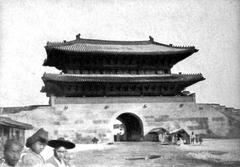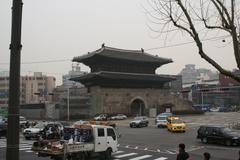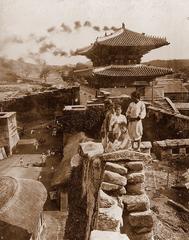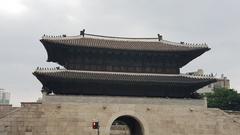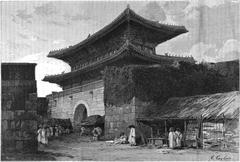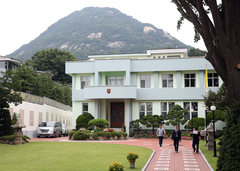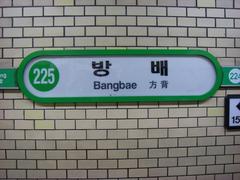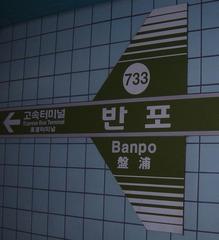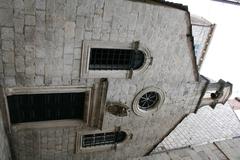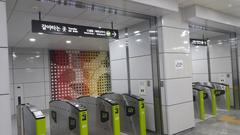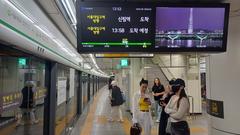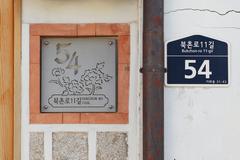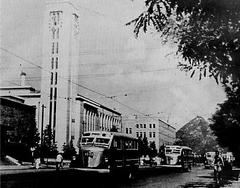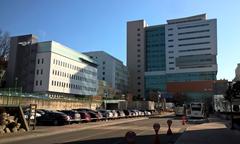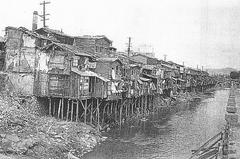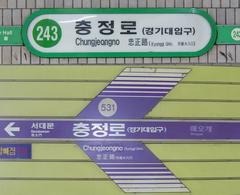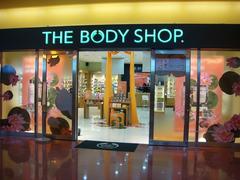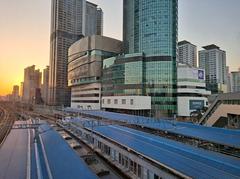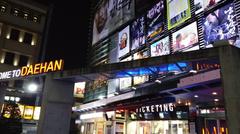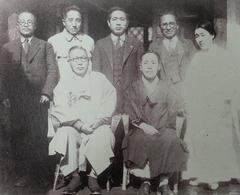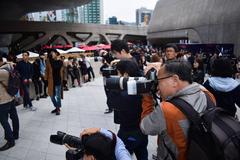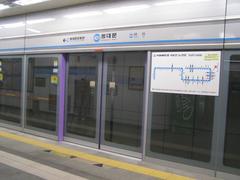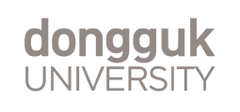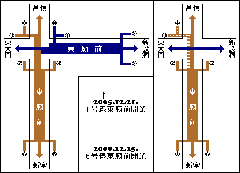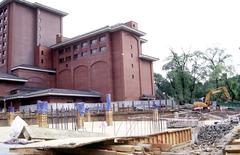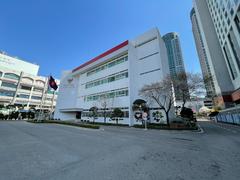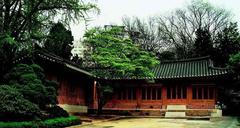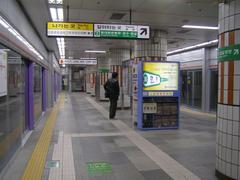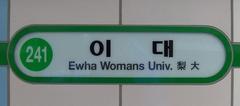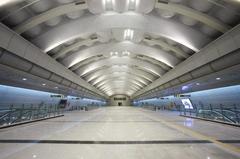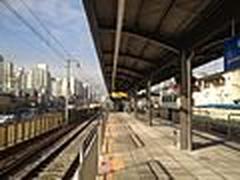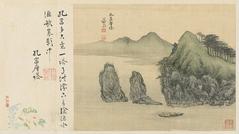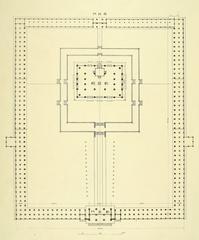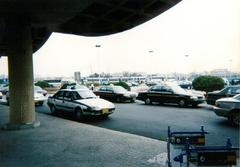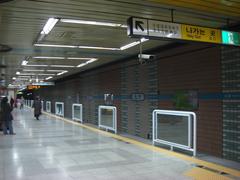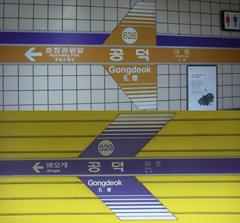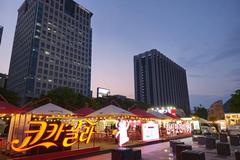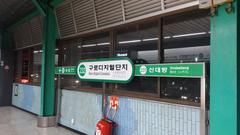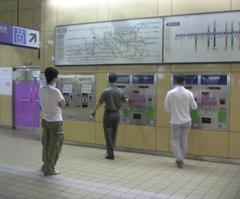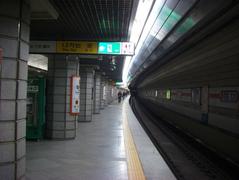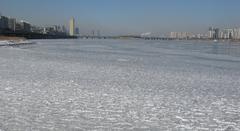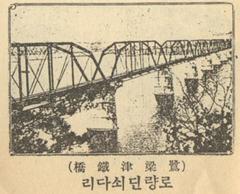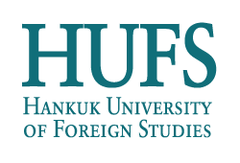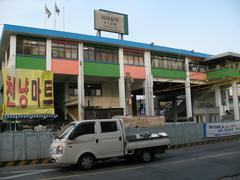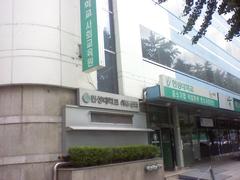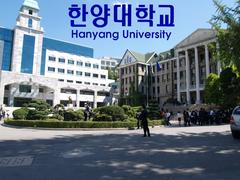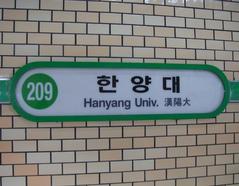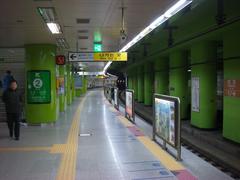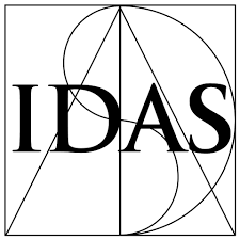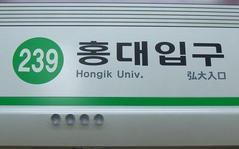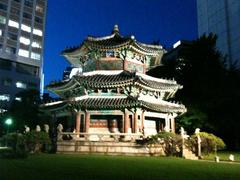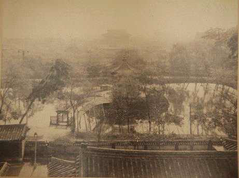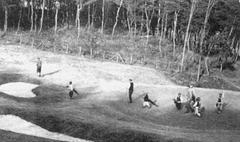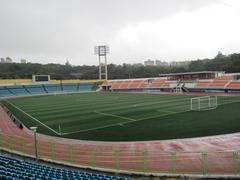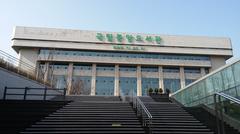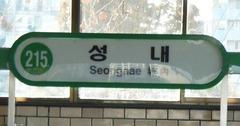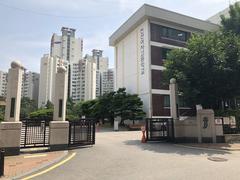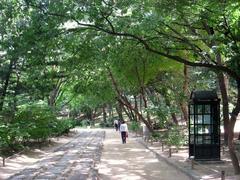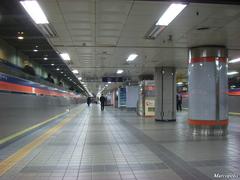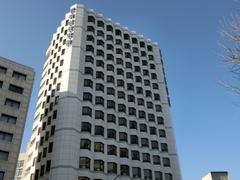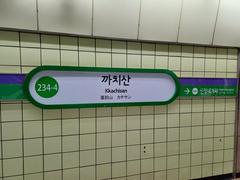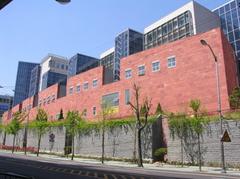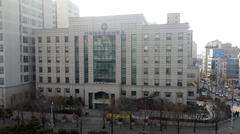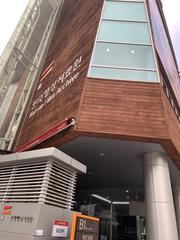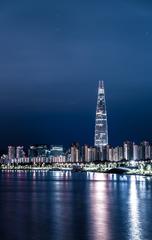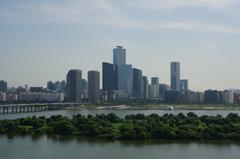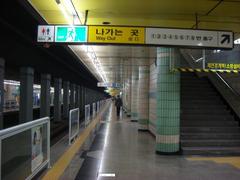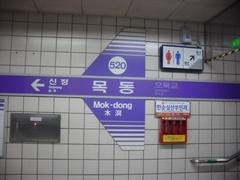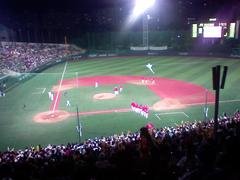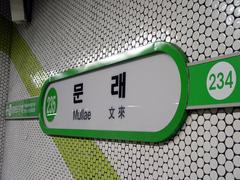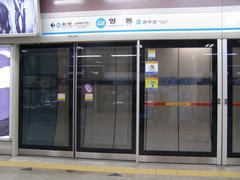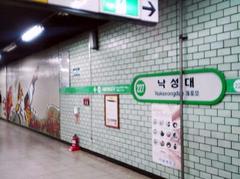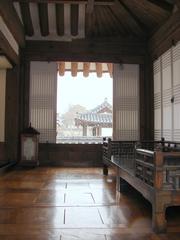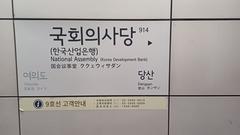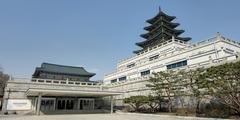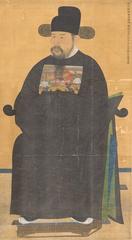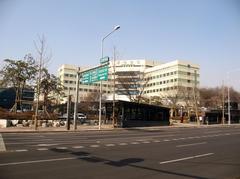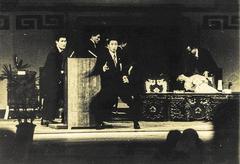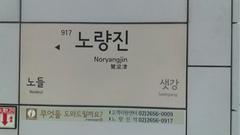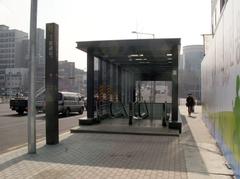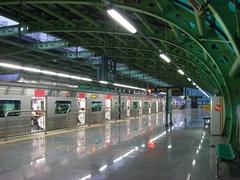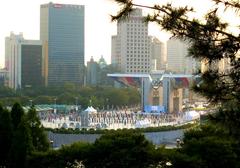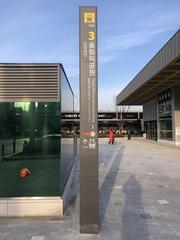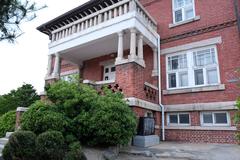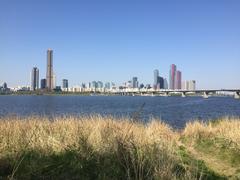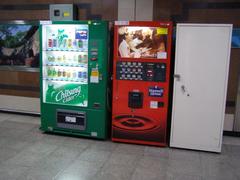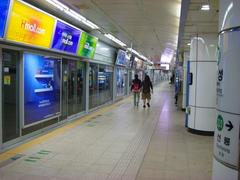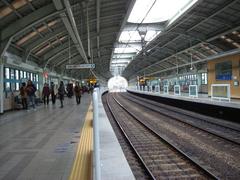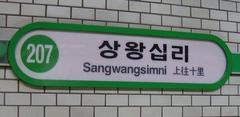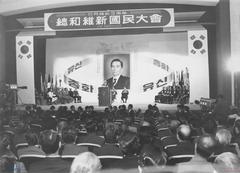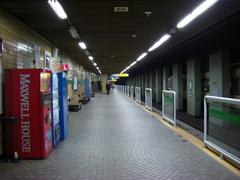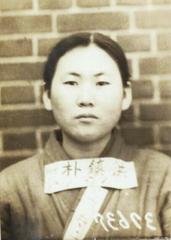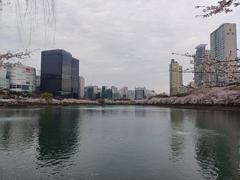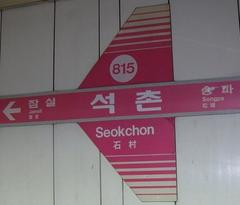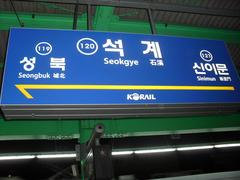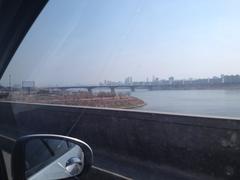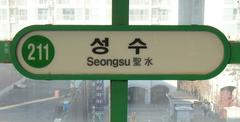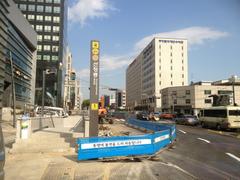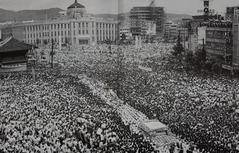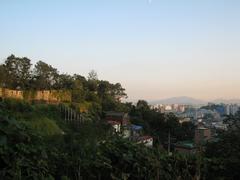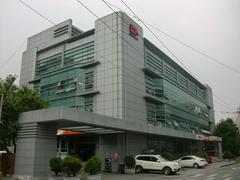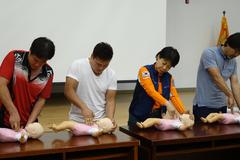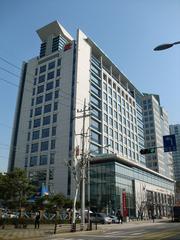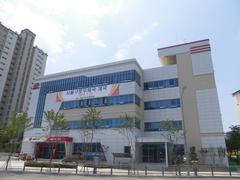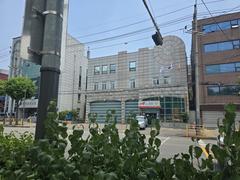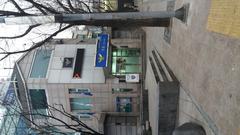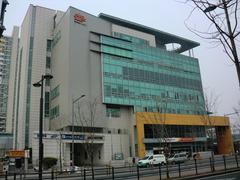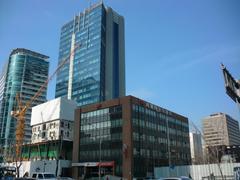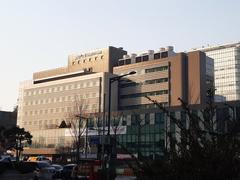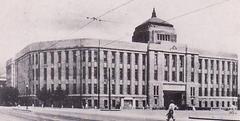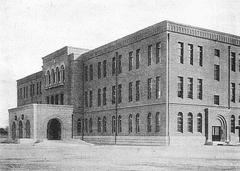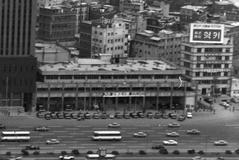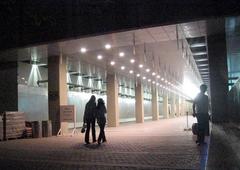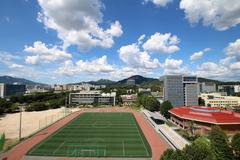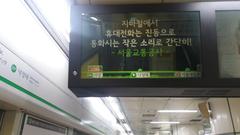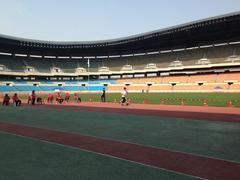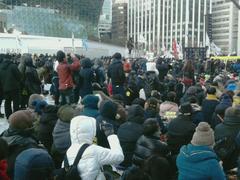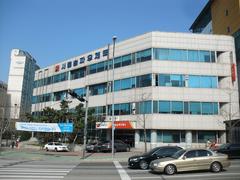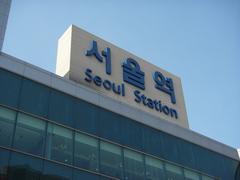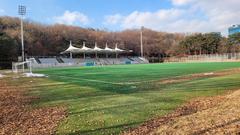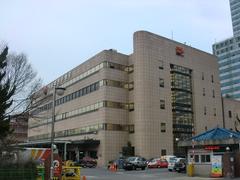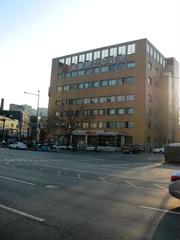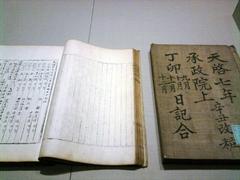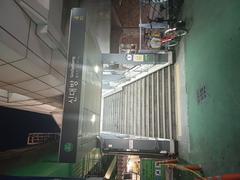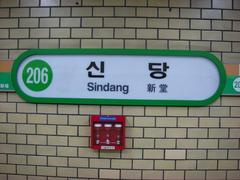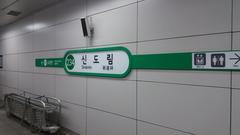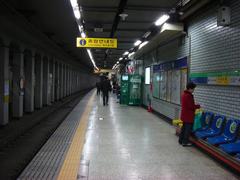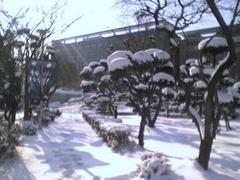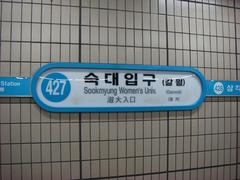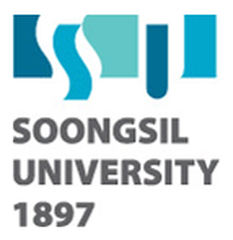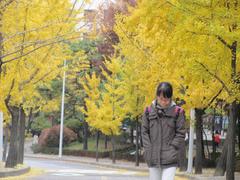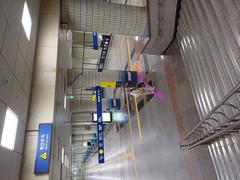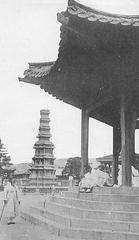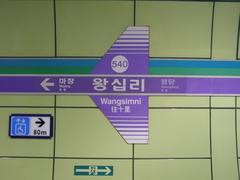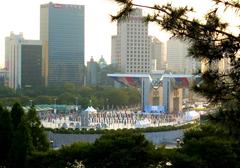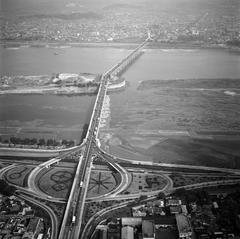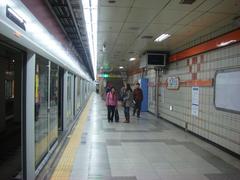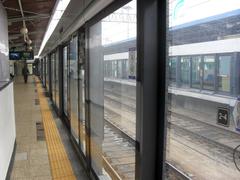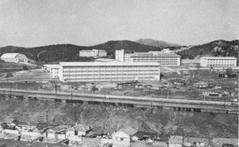
Heunginjimun Visiting Hours, Tickets, and Tips - Your Ultimate Guide
Date: 16/08/2024
Introduction
Heunginjimun, also widely known as Dongdaemun (동대문; literally ‘Great East Gate’), stands as one of Seoul’s most iconic historical landmarks. Constructed in 1396 during the reign of King Taejo of the Joseon Dynasty, this monumental gate serves as a testament to the architectural brilliance and cultural heritage of ancient Korea. Originally a primary entry point into the city, Heunginjimun played a pivotal role in Seoul’s defense and has since evolved into a symbol of resilience and continuity (Lonely Planet) (The Seoul Guide) (Korea Track). Today, it offers visitors a unique window into the past, showcasing late Joseon period architecture and intricate design elements such as the defensive semicircular outer wall known as ‘ongseong.’ Conveniently situated near Dongdaemun Station, Heunginjimun is easily accessible to both locals and tourists, making it a must-visit destination for anyone interested in exploring Seoul’s rich history and culture. This comprehensive guide will provide you with all the essential information, including the gate’s historical context, architectural significance, visiting tips, and nearby attractions, to help you make the most of your visit.
Table of Contents
- Introduction
- Historical Background
- Visiting Information
- Cultural Significance
- Nearby Attractions
- Modern-Day Relevance
- Visitor Tips
- FAQ
- Conclusion
Historical Background
Origins and Construction
Heunginjimun, constructed in 1396 during the fifth year of King Taejo’s reign, served as a primary entry point into Seoul. It played a pivotal role in the city’s defense and was used by officials and commoners alike for various purposes and celebrations.
Architectural Features
Standing 22.9 meters high and 25.4 meters wide, Heunginjimun is a testament to late Joseon period architecture. Its outer wall, Ongseong, adds an extra layer of protection, making it a unique structure among Seoul’s four major gates.
Renovations and Rebuilds
Over the centuries, Heunginjimun has seen multiple renovations. The current structure dates back to 1869, with significant restorations following the Japanese invasions of the late 16th century and the Korean War in the 20th century.
Preservation Efforts
The South Korean government prioritizes the preservation of Heunginjimun. Located conveniently at Dongdaemun Station, the gate underwent major repairs in 1998 and further restorations in 2011 due to weather damage.
Visiting Information
Visiting Hours and Tickets
Heunginjimun is open to the public year-round. While there are no entrance fees to view the gate, visitors should check for any schedule changes or closures due to special events.
Accessibility
Visitors can reach Heunginjimun easily via Seoul Subway Line 1 or 4, exiting at Dongdaemun Station. For those exploring nearby attractions, taxis and buses are also convenient options.
Cultural Significance
Heunginjimun is more than just an architectural marvel; it symbolizes resilience and cultural heritage. It has withstood numerous challenges, including invasions and wars, and remains a prominent landmark in Seoul.
Nearby Attractions
Exploring Heunginjimun allows visitors to discover other historical and cultural sites nearby. The Dongdaemun Design Plaza (DDP), designed by Zaha Hadid, is a must-visit for its architectural brilliance and cultural significance.
Modern-Day Relevance
The area around Heunginjimun, known as Dongdaemun Market, has evolved into South Korea’s largest shopping center. It offers a variety of goods, making it a bustling hub of activity.
Visitor Tips
- Photography: Visitors can take photos at the gate but should follow guidelines during cultural events.
- Year-Round Access: Heunginjimun is open all year, but visitors should check for any closures due to events.
- Dining Options: Numerous restaurants and cafes around Heunginjimun offer a range of traditional Korean and international cuisine.
FAQ
Q: What are the visiting hours for Heunginjimun?
A: Heunginjimun is open year-round, but visitors should check for any special event closures.
Q: Is there an entrance fee for Heunginjimun?
A: No, there is no entrance fee to view Heunginjimun.
Q: How can I get to Heunginjimun?
A: Heunginjimun is easily accessible via Seoul Subway Line 1 or 4, exiting at Dongdaemun Station.
Conclusion
Heunginjimun stands as a symbol of Seoul’s rich history and cultural heritage. By understanding its significance and planning your visit with the provided tips and information, you can fully appreciate this historic gate and make the most of your trip to Seoul. For more information, download our mobile app Audiala, check out related posts, or follow us on social media for updates.
